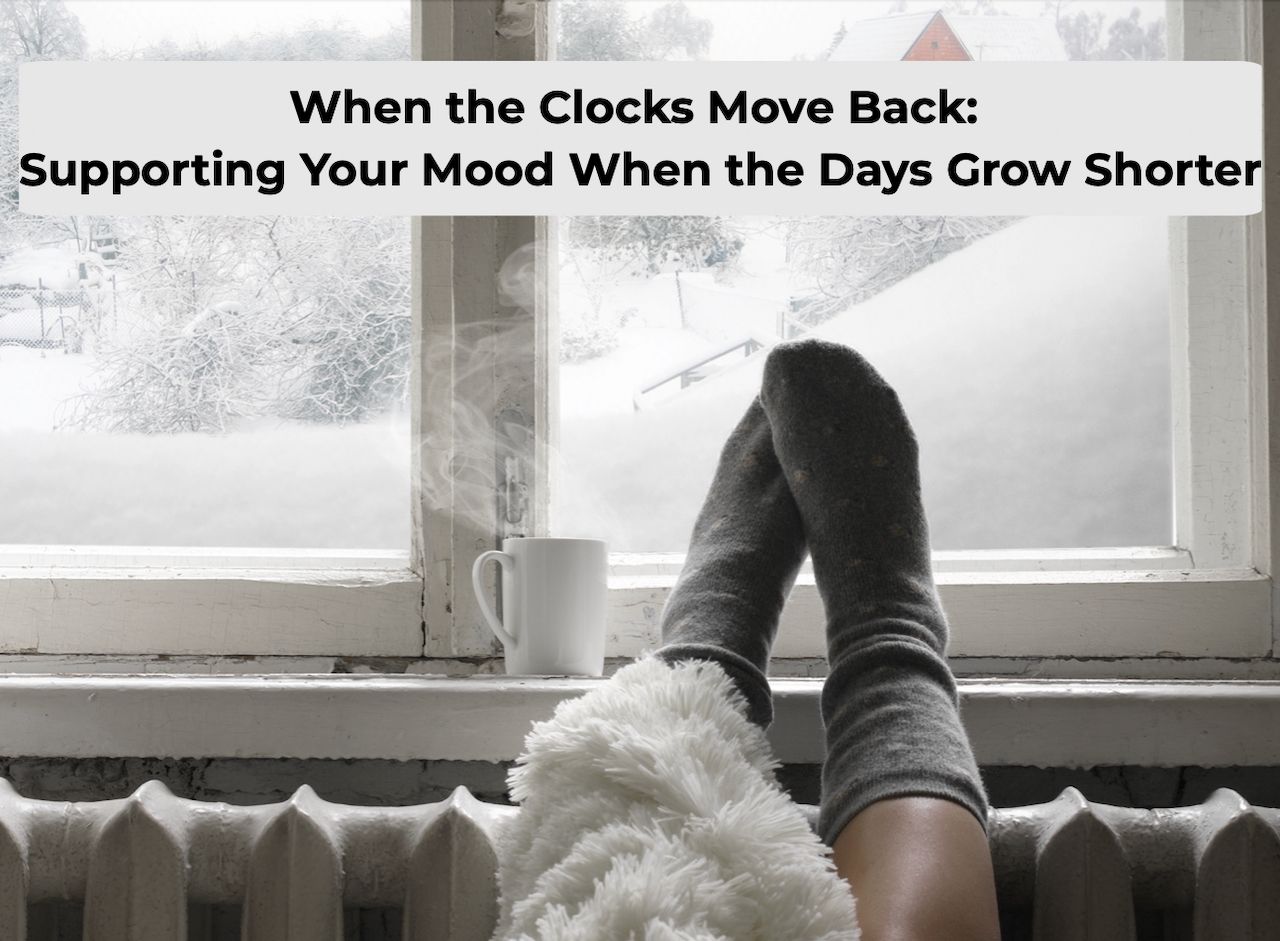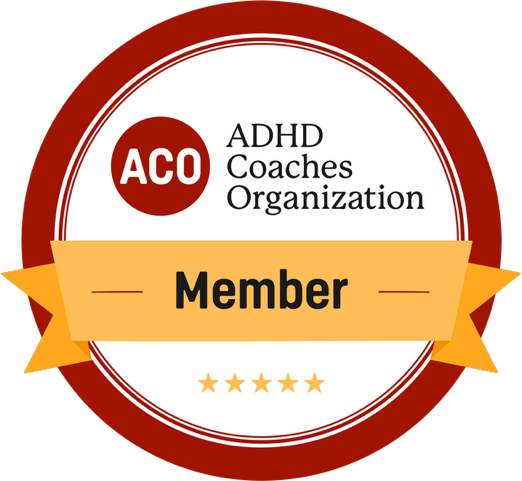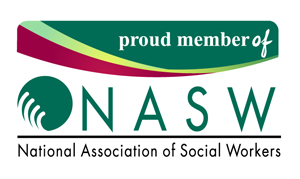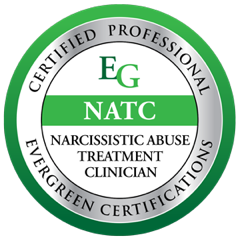Name it to navigate it
When big emotions hit, most of us don’t slow down to figure out what, exactly, we’re feeling. We power through. We freeze. We get stuck in a reactive loop—snapping, shutting down, or spiraling into overthinking.
But here’s the thing: research in neuroscience shows that the simple act of naming your emotions can actually decrease their intensity. It’s not just a nice idea—it’s a skill that helps your brain shift out of reactivity and into regulation.
This is what Dr. Dan Siegel calls “name it to tame it”—a simple but powerful truth.
Why Naming Emotions Works
When we name an emotion, we activate parts of the brain responsible for self-awareness and emotional regulation (like the prefrontal cortex). That part of the brain helps us pause, process, and choose how to respond—rather than just reacting.
When emotions remain vague or unacknowledged, they stay stuck in the limbic system—the part of the brain that sounds the alarm. That’s when we might feel like we’re drowning in discomfort without knowing why.
Labeling emotions creates a sense of clarity. It gives your brain something to
do
with all that activation—and opens the door to care and action.
Emotional Bottlenecks: When You Feel More Than One Thing at Once
Sometimes the overwhelm isn’t just about one emotion—it’s the collision of several. You might feel:
- Grateful and resentful at the same time.
- Hopeful and afraid about a new opportunity.
- Angry and sad about a relationship shift.
- These mixed signals can make you feel stuck, like your emotional system is buffering.
Naming each emotion—one by one—can help untangle the mess. You don’t have to “pick the right one.” You just have to be honest. Giving voice to the full spectrum of what you’re feeling allows your nervous system to settle and your decision-making to sharpen.
When You Don’t Know What You’re Feeling
Here’s something I see all the time, especially in clients with ADHD, anxiety, or trauma histories: people struggle to name emotions because they never learned how.
Many of us had the experience of our emotions being dismissed, minimized, or never modeled in childhood. So it’s no surprise that when someone asks, “What are you feeling right now?” the answer is... “I don’t know.”
That’s where tools like the feelings wheel can help.
Using a visual guide offers:
- Language for complex, nuanced emotions
- Permission to feel more than one thing at once
- Structure when your mind feels flooded or blank
- A bridge between your body’s signals and your brain’s understanding
You don’t have to get it “right.” You just need a starting point.
Try This: A 60 Second Emotional Check-In
Use the prompts from the Name it to Navigate it handout the next time you feel off, overwhelmed, or shut down. It can take just 60 seconds.
- What am I feeling right now? (Pick 1–3 emotions)
- How intense is this feeling? (1–10)
- Where do I feel it in my body? (Tight chest, stomach flip, heavy limbs, etc.)
- What might this emotion be trying to tell me? (What’s the unmet need or message?)
- Have I felt this way before? (What was happening then?)
No judgment. No overanalyzing. Just notice, name, and breathe.
Naming Emotions Builds Strength and Self-Regulation
When you name an emotion, you don’t give it more power. You give yourself more power. More understanding. More choice.
Because the goal isn’t just to feel better—it’s to feel more equipped to handle what life throws at you.
Download the free Name It to Navigate It handout and keep it somewhere you’ll see it—on your desk, your fridge, or inside your journal. Over time, this practice can help you build emotional fluency, deepen self-trust, and respond to your emotions with care, not avoidance.
Because feelings aren’t the problem. Not knowing what to do with them is.
Want support?
Want more support with
emotional regulation, ADHD, or navigating big feelings? Explore my
free resources or
reach out to learn about therapy and ADHD coaching options. You don’t have to figure it out alone.

















